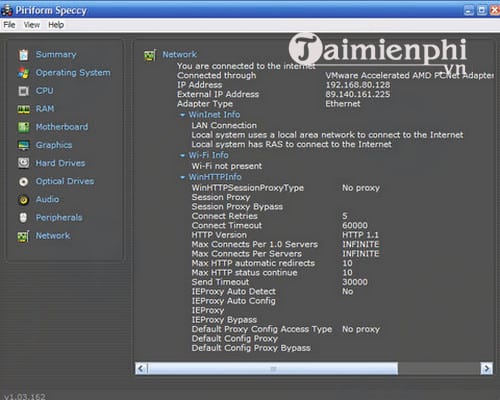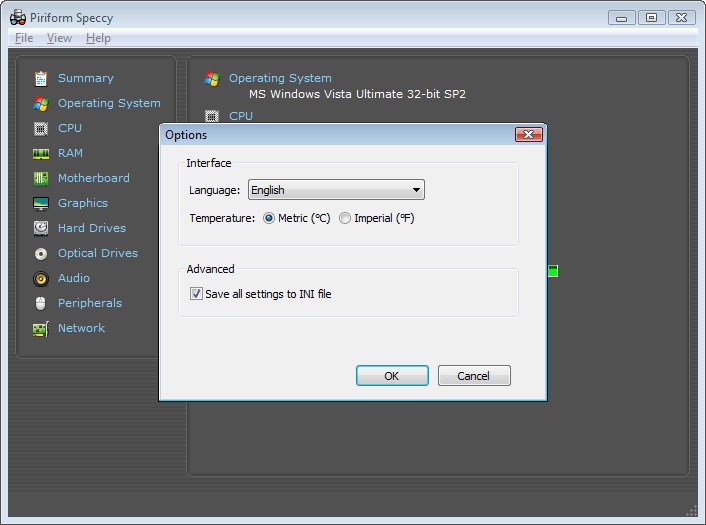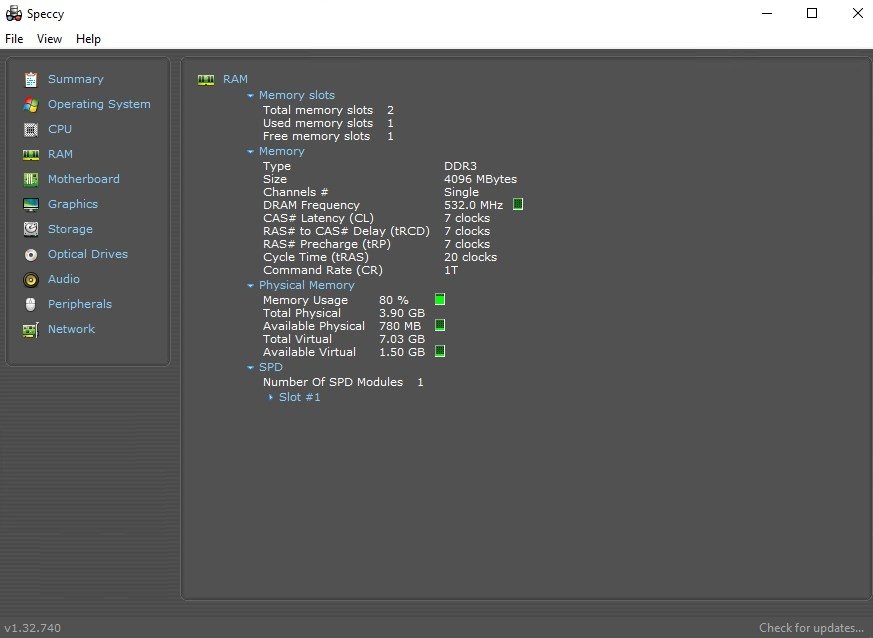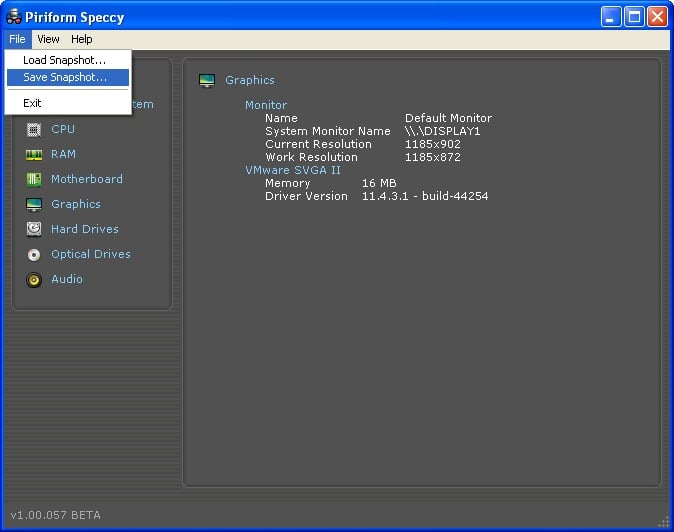

The lower half of the clamshell is home to a USB keyboard stripped from its casing and connected to the Next board via a PS/2 to USB adapter. Perhaps most impressive of all, an 8-inch LCD screen at 4:3 aspect has been installed in the upper part of the laptop housing (which also has stereo speakers), and connected to the keyboard base by hinges recovered from an old Dell laptop.

The 284 x 151 x 41 mm (11.1 x 5.9 x 1.6 in) ZX Spectrum Next Laptop sees the Next board joined by a Raspberry Pi Zero, a four port USB hub and an LCD driver board.

Indeed, maker Dan Birch initially opted to mount the Next inside a Spectrum +3 case last year, but he's now gone in an interesting new direction, making the whole setup much more portable by wrapping the Next in a rather nice 3D-printed clamshell housing that's also home to a chiclet keyboard and 8-inch display. Though this latest take on the Sinclair computer-in-a-keyboard format can certainly be thrown in a backpack and taken over to a friend's house for 8-bit gaming fun, it still needs to be cabled up to a TV or monitor over old-school VGA or more modern HDMI. There were a few variations on the Speccy theme over the years following, including models with a mechanical keyboard and built-in audio cassette player, before production ended in 1992.ĭespite its demise, an enthusiastic ZX community has continued to create games, and last year a startup named SpecNext hit Kickstarter to fund the production of a modern update to the Speccy called the Next – which featured a Z80 processor that could power up to a mighty 7 MHz, up to 1.5 MB of internal RAM and an SD card slot for storage. Though users needed an audio cassette player to load in software and a TV to see what the system had to offer, everything else was contained in the computer's keyboard housing.Īfter a couple of monochrome video output models, Sinclair launched an 8-bit color output computer in 1982 called the Spectrum (affectionately known as the Speccy), with rubbery chiclet-style keyboard keys marked with programming keywords and a striking rainbow motif. UK tech entrepreneur Sir Clive Sinclair was among those who changed the landscape with the introduction of his inexpensive ZX series.

Rather than having to connect his Next to a TV, Dan Birch of Dorchester 3D opted to design a rather fantastic-looking Spectrum laptop that rocks its own screen, chiclet keyboard and stereo speakers.īefore 1980, home computers were something of a rarity, being priced well beyond the reach of many. SpecNext started shipping its updated ZX Spectrum board to Kickstarter backers in December last year, with full computer-in-a-keyboard models to follow.


 0 kommentar(er)
0 kommentar(er)
